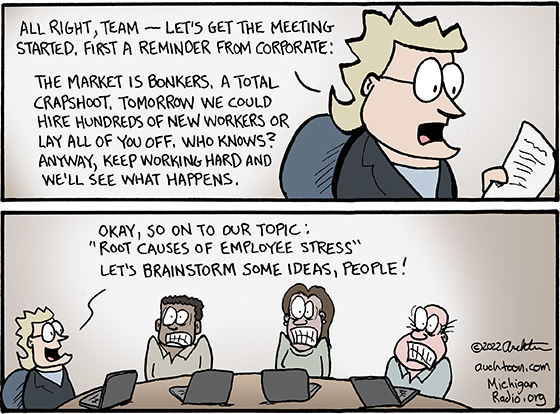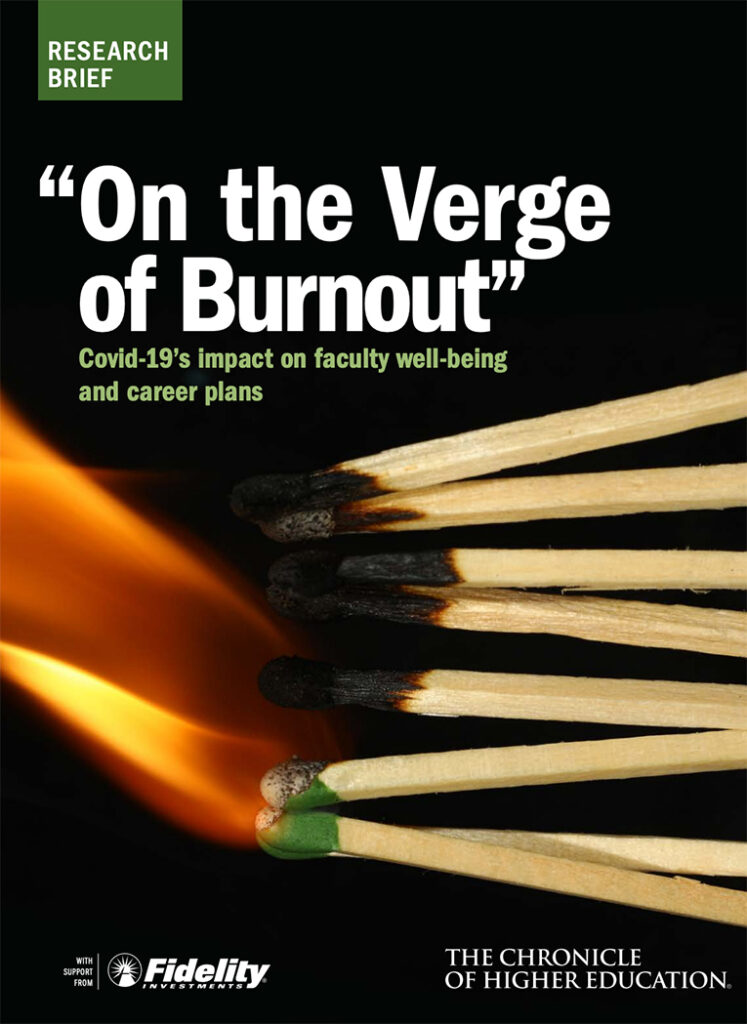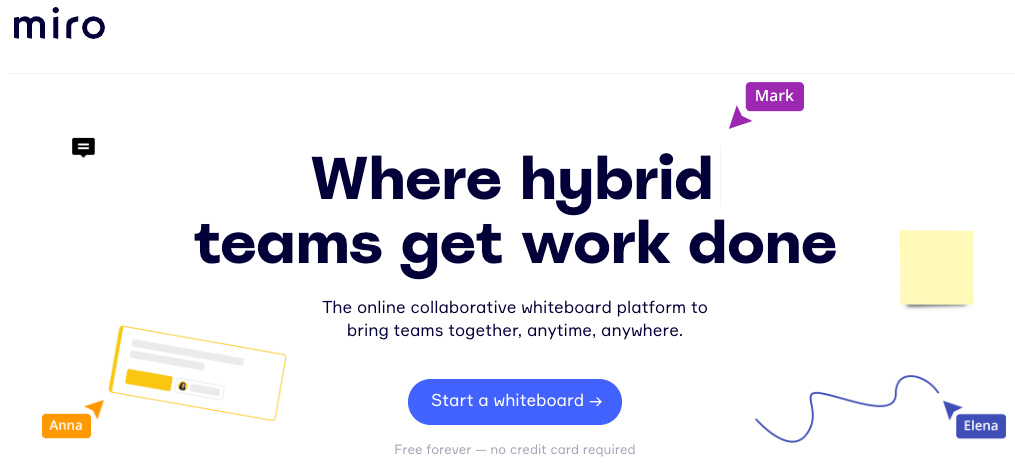Root Causes of Employee Stress— from auchtoon.com by John Auchter
Trends in State Courts — from ncsc.org
Excerpt:
Trends in State Courts is an annual, peer-reviewed publication that highlights innovative practices in critical areas that are of interest to courts, and often serves as a guide for developing new initiatives and programs and informing and supporting policy decisions. Trends in State Courts is the only publication of its kind and enjoys a wide circulation among the state court community.
Trends in State Courts 2022
External events continue to drive change and innovation in the courts. The 2022 edition of Trends in State Courts highlights post-pandemic eviction courts and eliminating racism and bias in the courts.
Also from ncsc.org:
The key role of non-lawyer practitioners — by Dimarie Alicea-Lozada
Excerpt:
Over the last 20 years, a variety of different states have developed efforts to try to provide for non-lawyer practitioners with varying degrees of success. The intention was simple: provide affordable legal services to those who cannot afford an attorney but need help. With 1 out of 10 people in the United States involved in newly filed cases each year and 3 out of 5 in civil cases not having a lawyer, state courts have been trying to help people who otherwise will not be able to afford access legal representation. Since the COVID-19 pandemic, several states have made changes in this area.
Oregon gets it done! ?
Non-lawyer licensing movement gains steam with Oregon approval https://t.co/tXrJasoR41 #legalinnovation
— Natalie Anne Knowlton (@natalalleycat) July 20, 2022
A Turning Point for Prison Education — from chronicle.com by Taylor Swaak
With reinstatement of Pell Grants imminent, the programs weigh technology’s long-term role.
Excerpts:
Incarcerated people who participate in postsecondary-education programs are 48 percent less likely to return to prison, according to a 2018 study from the RAND Corporation.
…
Three colleges that The Chronicle spoke with are in varying stages of adding technology to their prison-ed programs.
Addendum on 5/11/22:
- Prisoners receive college degrees at graduation ceremony inside a Michigan prison — from mlive.com by Bradley Massman
It was a proud, and somewhat routine commencement ceremony for Calvin University on Monday, May 9, though held in the confines of a state prison.
Calvin University and Calvin Theological Seminary joined the Michigan Department of Corrections Monday to host the graduation ceremony for Calvin Prison Initiative (CPI) students at the state’s Richard A. Handlon Correctional Facility in Ionia.
Addendums on 5/16/22:
- More than new 70 colleges and universities chosen to help the incarcerated get credentials — from universitybusiness.com by Chris Burt
The Department of Education is expanding Second Chance Pell Experiment for prospective students in prison. - “Facing Life” by Brandon Tauszik & Pendarvis Harshaw — from booooooom.com
Beyond the Ban — from edtrust.org; with thanks to Goldie Blumenstyk, a senior writer at The Chronicle, for this resource
Excerpt:
Each toolkit analyzes state policy to answer eight equity questions:
- Does the state offer state financial aid to currently and formerly incarcerated students?
- Does the state provide sentence reduction credit for incarcerated students enrolled in higher education courses?
- Does the state provide incentives and resources to colleges that enroll and support currently and formerly incarcerated students?
- Does the state have a streamlined process for currently incarcerated students to access documents to retrieve their state identification?
- Does the state allow formerly incarcerated students to access federal support for basic needs like food, housing, and health care?
- Does the state ban higher education institutions from asking about criminal history on admissions applications?
- Does the state ban employers from asking about criminal history on job applications?
- Do currently and formerly incarcerated individuals have the right to vote in the state?
















